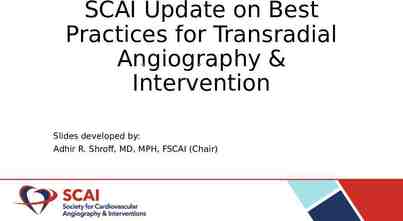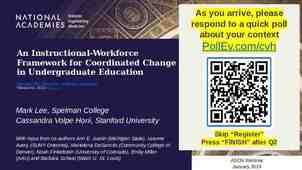Variation of Natural Radon Flux Density Over the Earth’s Surface:
25 Slides2.37 MB
Variation of Natural Radon Flux Density Over the Earth’s Surface: a 2010 Update Stephen Schery NASA/AMES, USA New Mexico Tech 1
What is meant by the phrase “natural radon flux density from the earth’s surface”? The amount of radon gas escaping to the atmosphere from the earth’s surface per unit area per unit time under natural conditions, commonly measured in units of mBq m-2 s-1 or atoms cm-2 s-1 . (21 mBq m-2 s-1 1.0 atoms cm-2 s-1 ) 2
What value are studies of natural radon flux density over the earth’s surface? Required for precise tests with radon gas of atmospheric transport models used to study atmospheric pollution and global climate change. Improve our basic science understanding of radon and its transport at the earth’s surface useful for other applications such as indoor radon pollution, atmospheric electricity, earthquake prediction, and estimating fluxes of greenhouse gases. 3
Is there any relation between natural radon flux density maps and maps of “radon risk” and “radon source potential” used for indoor radon health concerns? Yes, but it is indirect as discussed in the next three slides. 4
Similarities and differences between natural radon flux density and its mapping and maps for radon risk or radon source potential Natural radon flux density is strongly dependent on radium in the soil and its diffusion to the atmosphere driven by radon concentration gradients. Radon risk maps are also strongly dependent on radium in the soil, but then other factors may become more important than diffusive transport: advective transport (driven by pressure gradients), construction factors of housing, living patterns of inhabitants, etc. (continued) 5
Natural radon flux density is strongly dependent on the following combination of parameters ФD1/2 where Ф is radon atoms per unit volume escaping to the soil pore space and D is the gaseous diffusion constant for radon. Radon source potential soil maps used for prediction of high indoor radon risk are also strongly dependent on Ф but then the following combination of parameters is often more important Фk, where k is permeability of soil to air flow under an applied pressure drop. (continued) 6
Comparison of a Natural Flux Density Map and a Radon Risk Map 7
Review of Earlier Work: The Situation as of the mid 1990s 8
Example of Older Radon Flux “Map” for the World 9
An Early Attempt to Improve Sophistication of Flux Density Maps using Estimates from a Porous Media Soil Model Calibrated with Measurements of Flux Density 10
11
Seasonal variations of radon flux density in South America January July 42.5 - 50 mBq m-2 s-1 35 - 42.5 27.5 - 35 20 - 27.5 12.5 - 20
More Recent Developments 13
14
15
16
17
18
19
What are the Current Challenges? 20
Independently Produced Maps do not agree well enough! 21
22
Issues Needing Attention Need a lot more, and better, radium and/or gamma ray data, particularly for the southern hemisphere for use as parameters in radon flux models. Need more careful calibration and cross comparisons of flux density measurements. Need a research group with a mandate to work on the global perspective not just local issues Others 23
Where can I get more information? Be on the look out for the upcoming IAEA publication: “The Proceedings of an IAEA/WMO Technical Meeting, Vienna, 22-24 June 2009” 24
THANK YOU 25





























